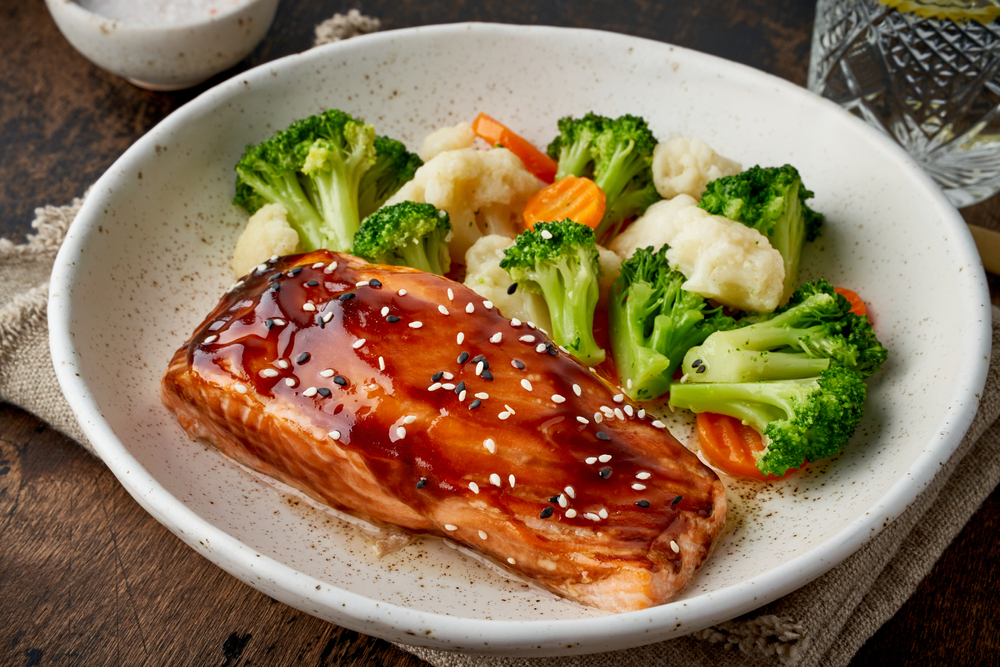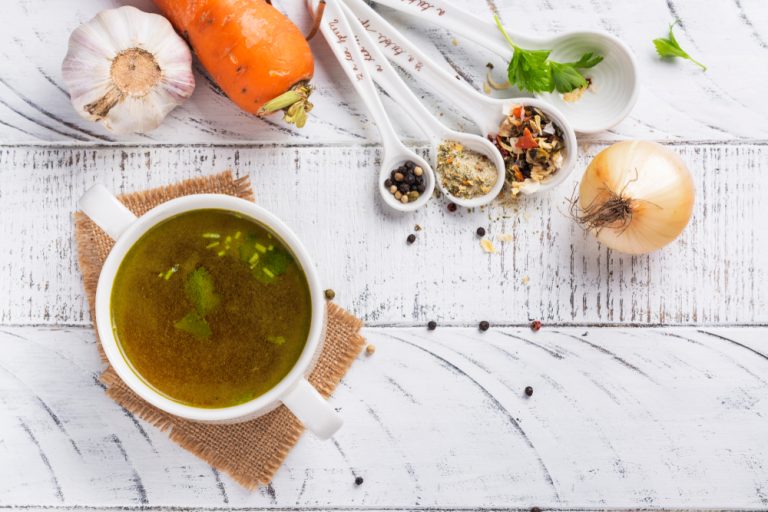The GAPS Diet is a diet plan developed by Natasha Campbell-McBridge, as a result of her many years of work with people suffering from schizophrenia, autism, ADHD, depression and other neurological and psychological disorders. GAPS stands for Gut and Psychology Syndrome. GAPS is a response to the increasingly widely accepted theory that most neurological and psychological problems are linked to improperly functioning intestines.
Goals of the diet
The diet aims to reduce the amount of medication taken or preferably to stop taking it altogether, as pharmacology does not address the source of the problem, but only masks the symptoms. The GAPS diet, on the other hand, actually heals the gut. The GAPS diet recipes are based on the Specific Carbohydrates Diet (SCD), which excludes all sources of complex carbohydrates - gluten and gluten-free cereals, normal cereals, rice and their preserves. SCD is used to treat intestinal diseases, like ulcerative colitis, SIBO or intestinal diverticulosis.
GAPS is a modification of that diet plan, but the main premise - exclusion of sucrose, lactose and starch - is the same. The GAPS diet is recommended as a support therapy for many disorders like autism, ADHD, dyslexia, dyspraxia, depression, schizophrenia, anxiety, obsessive-compulsive disorder. The effects of the GAPS diet in improving gut health and better mental health are an individual matter. The process can take up to a year.
Stages of GAPS - what does the diet consist of?
There are six stages in the GAPS diet, in which one starts from a very strict, monothematic diet, introducing more and more diverse products. The duration of each stage is very individual and depends on its effects.
The first stage of the GAPS diet
A diet based on broth from bones and meat, bone marrow and animal fat. A gradual introduction of juices from pickles should also occur. The first stage of the GAPS diet is short, lasting 5-7 days.
The second stage of the GAPS diet
The diet should be based on broth from the first stage. Raw egg yolks, tender stewed vegetables, more pickle juices should also be introduced.
The third stage of the GAPS diet
The third stage of the GAPS diet introduces avocados, grain-free pancakes, boiled and fried eggs, lots of healthy fats (butter, coconut oil, olive oil), and pickled vegetables.
The fourth stage of the GAPS diet
The diet includes cooked and roasted meats, grain-free bread, and vegetable juices.
The fifth stage of the GAPS diet
Mashed, cooked apples and gradually raw vegetables are introduced to the diet plan.
The sixth stage
In this stage, the GAPS Diet includes all allowed foods. Ideally, it is followed for the whole life.
GAPS diet - recommended and contraindicated products
The GAPS diet rules out grains, including corn, cereals, groats, rice, quinoa, chia, flours made from them and all their products (bread, pasta, cakes). Sugar in any form (white, cane, brown, maple syrup, molasses) and foods with sugar in a composition are not allowed. Processed foods (sweets, convenience foods, sausages), processed meats, canned fruits and vegetables, most legumes, starchy vegetables (potatoes, yams, parsnips, Jerusalem artichokes), cocoa and green bananas are not allowed on the GAPS diet.
What you can eat on the GAPS intestinal diet
- the real, long-cooked broth on meat and bones from a known, organic source
- organic meat
- fish
- naturally pickled vegetables (watch out for vinegar pickled vegetables)
- fruits, except for green bananas
- nuts
- honey
- butter, coconut oil, olive oil.
Products recommended on the GAPS diet also include fermented dairy, if well tolerated - kefirs, buttermilk and non-starchy vegetables.
Sample GAPS diet menu
The sample diet menu shows what the meals look like in the sixth phase of the GAPS diet recommended for life. Since GAPS excludes complex carbohydrates and the only sources of carbohydrates in the diet are fruit and honey, the daily diet needs to be enriched with large amounts of healthy fats in foods and added to dishes. A very important component of the GAPS diet is broth, pickled vegetables and fermented dairy.

Breakfast: scrambled eggs: of 3 eggs fried in coconut oil with tomatoes.
Second breakfast: coconut milk smoothie with ripe banana and raspberries.
Lunch: grilled beef steak, salad of lettuce, cucumber, bell pepper with olive oil and roasted sunflower seeds, sauerkraut juice.
Afternoon snack: natural kefir, 3-4 mandarins.
Dinner: zucchini cream soup based on homemade broth with a portion of meat from the broth and a teaspoon of butter or olive oil.






